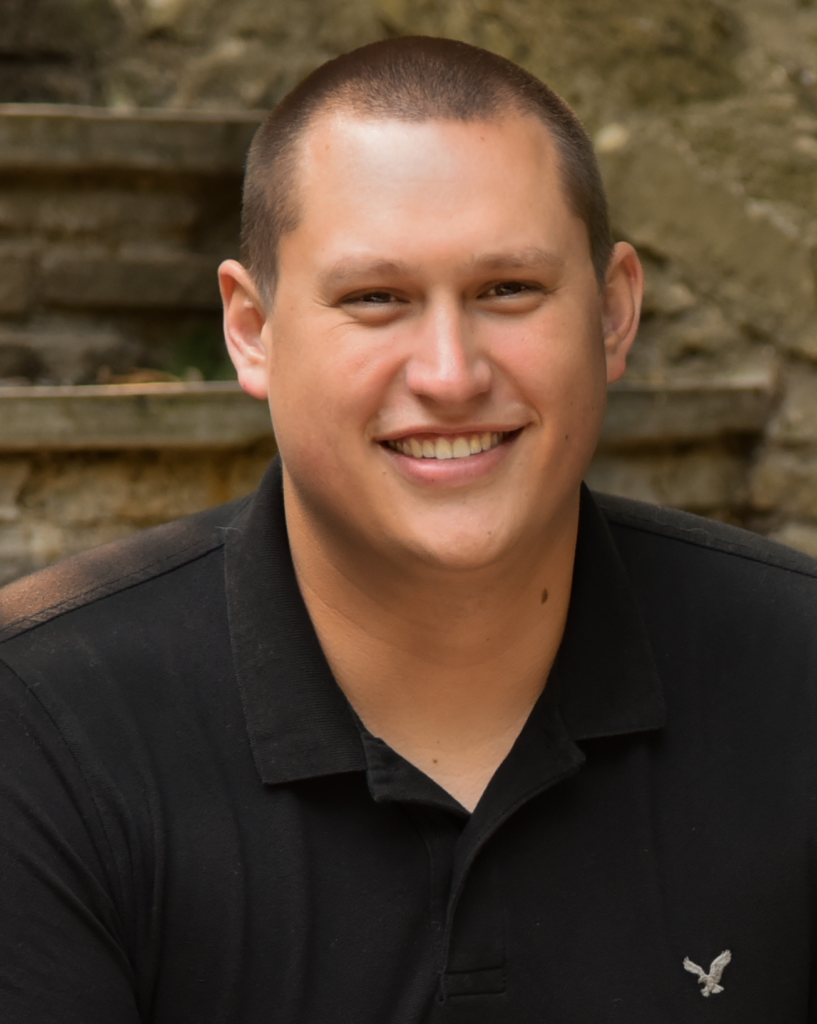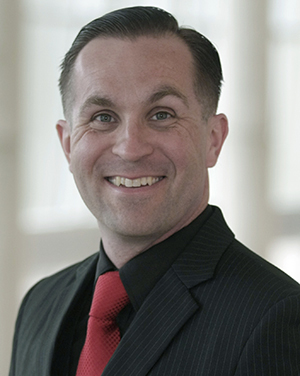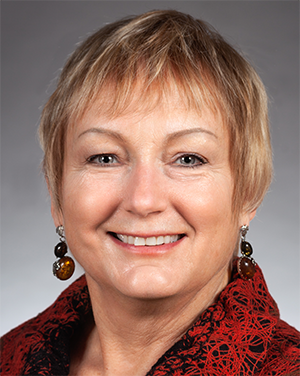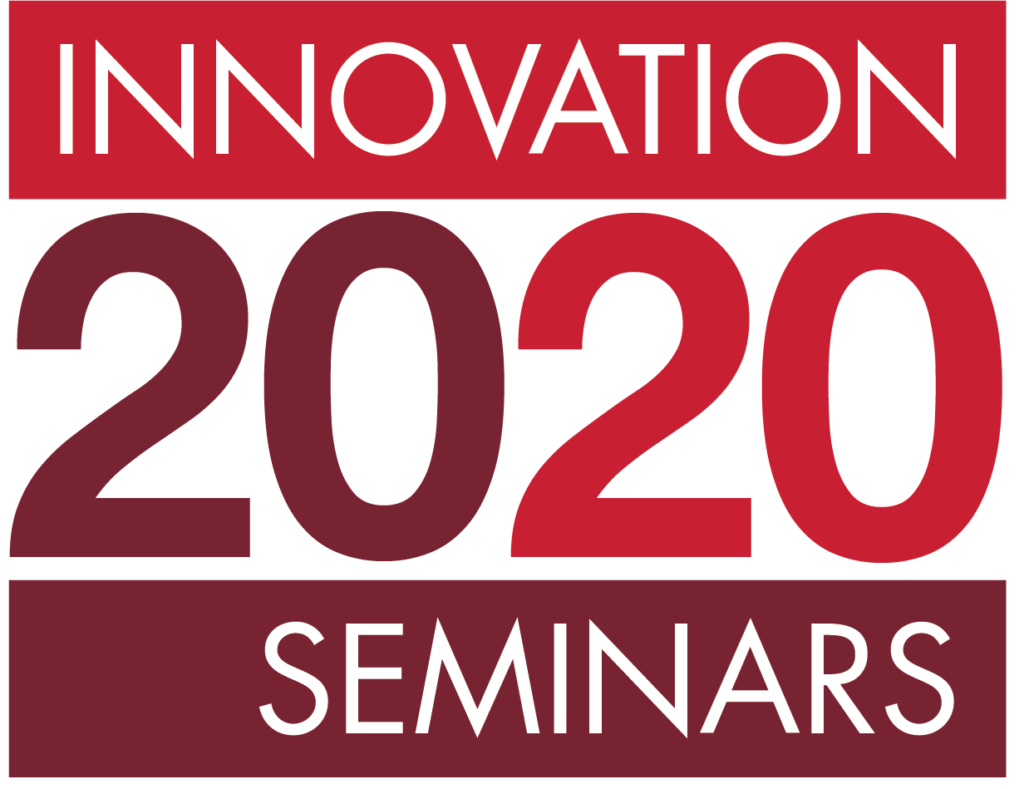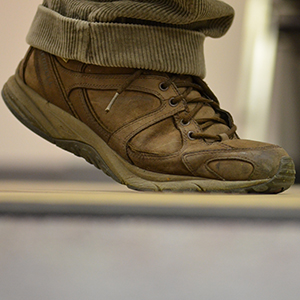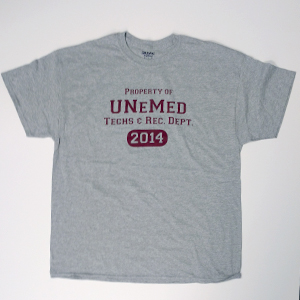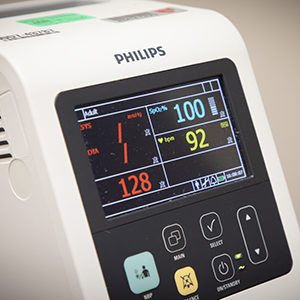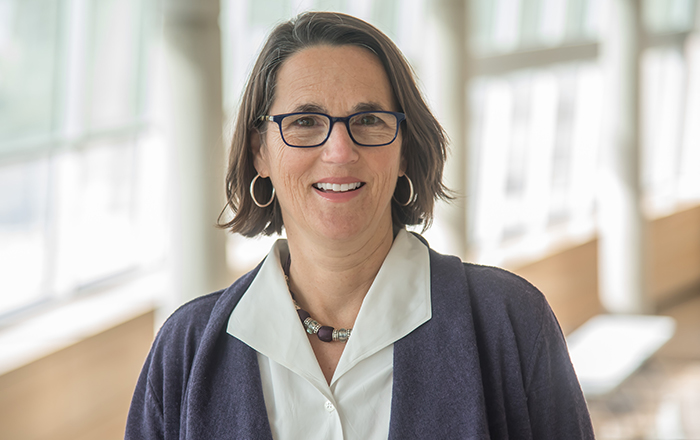
Rosie Zweiback
OMAHA, Nebraska (October 6, 2020)—The headquarters for a popular parenting web application will relocate here from Pennsylvania, closer to research partners at the University of Nebraska Medical Center’s Munroe-Meyer Institute.
The web app—Keys to Interactive Parenting Scale, or KIPS for short—is dedicated to supporting and providing resources to early childhood development professionals. Family support organizations like social services or school districts rely on KIPS to help train staff as they assist families with young children that need or want extra help. KIPS can also measure a parenting program’s impacts and outcomes.
Appsky, a custom software development and design agency in Omaha, acquired the KIPS program as a part of Appsky’s new venture capital division, Appsky Ventures.
“I saw an amazing opportunity with KIPS,” said Appsky founder and CEO Taylor Korensky. “It’s a chance to learn and develop our infant fund, and a way to improve and rework a really important tool with our technology.”
At more than 10-years-old, the software behind KIPS, including the user interface, is dated and needs upgrades. In the process, updating the software creates an opportunity to allow for more accessibility and greater impact for a more diverse range of users, said Appsky Chief Operations Officer Jade Jensen.
“We have been exploring opportunities related to software in the early childhood development sector, and helping kids is one of our passions,” Jensen said.
The KIPS program first helps train workers that support families. KIPS can then help those workers assess 10- to 20-minute play sessions between parents and their children. The results are then used to chart progress and guide caregivers to more beneficial outcomes.
“Programs across the world use KIPS,” said Rosie Zweiback, Associate Director of MMI’s Education and Child Development department. “It really helps people who work with families. KIPS identifies parenting strengths, and what they need to work on to enrich those essential parent-child interactions. It can also be really valuable for parents to watch their videos to see all the great things they are doing to nurture their child.”
Zweiback and Barbara Jackson, PhD, the Director of Education and Child Development at MMI, have been “power users” of the KIPS web app from the beginning, and were a major factor in relocating the KIPS headquarters to Omaha. The original developers planned to retire and initially asked Dr. Jackson and Zweiback to take over the application.
But maintaining and upgrading a web application was beyond the researchers’ scope of expertise.
“This is wonderful tool, but if we couldn’t find a home for it, it would’ve gone away,” Dr. Jackson said.
Michael Dixon, PhD, the president and CEO of UNeMed, UNMC’s technology transfer and commercialization office, reached out to Appsky.
“Appsky looked into it and they loved it,” Dixon said. “They’re a great partner for us. They can run the technical side, and that leaves the academic side to focus on more research that gives us even greater insights into parenting and early child development. I couldn’t be happier that we were able to make this connection and allow this business to be moved to Nebraska. It’s a win for our economy, our researchers and parents around the world since it is a product that is used globally.”
Dr. Jackson and Zweiback have been using KIPS for the last 10 years, and will work with Appsky to update more than 10 hours of training modules and other features. The pair will also use a portion of grant funding to further research on how to improve KIPS for a more diverse range of families.
Appsky recently secured a $100,000 matching grant from Nebraska’s Department of Economic Development. The grant is a part of the Academic R&D program within the state’s Business Innovation Act. This program encourages Nebraska companies to develop research programs with the University to advance commercialization of products.
“We’re going to look at how to improve the training videos and look at the cultural sensitivity of the videos,” Zweiback said. “Having a video of parent-child interactions and a reliable validated tool to score it gives parent coaches another way to support their families. The videos can help confirm what they think is going on or give them insights into behaviors they may have missed.”
Once the program has been fully updated, there’s enough room for growth to create a handful of new jobs in the area, Appsky’s CEO Taylor Korensky said.
“We’re looking at adding 10 jobs in the next five years, if we do it right.” he said.
-30-
UNeMed Corporation is the technology transfer and commercialization office for the University of Nebraska Medical Center. UNeMed serves all UNMC researchers, faculty and staff who develop new biomedical technology and inventions, and strives to help bring those innovations to the marketplace. Learn more at UNeMed.com, or contact them at unemed@unmc.edu or 402-559-2468.
Founded in 2016, Appsky is a leading mobile and web app development company. Appsky prides itself on human-centered design, software, & consulting, with a passion for improve their local community through unique & affordable services. Learn more at Appsky.io or contact them at hello@appsky.io or at 402-999-4965.
Read article
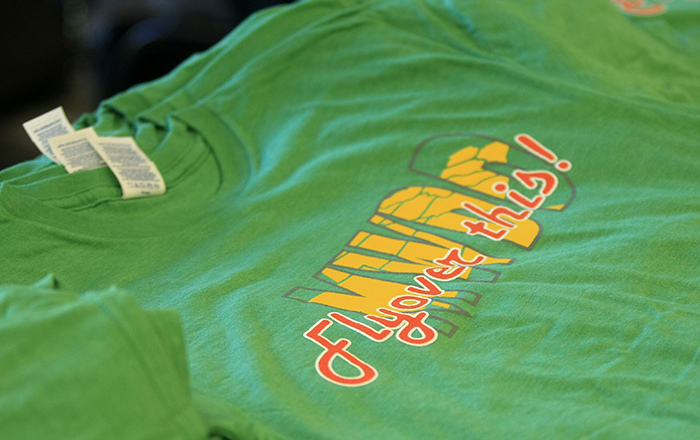

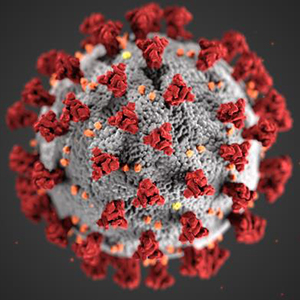 Without question, the brightest highlight from the previous year was the
Without question, the brightest highlight from the previous year was the 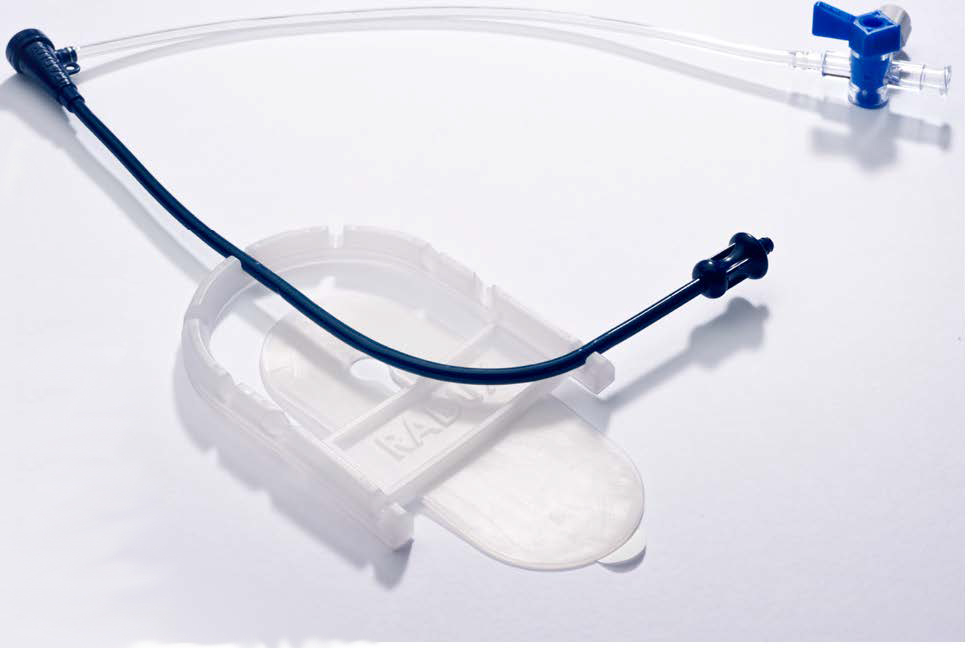
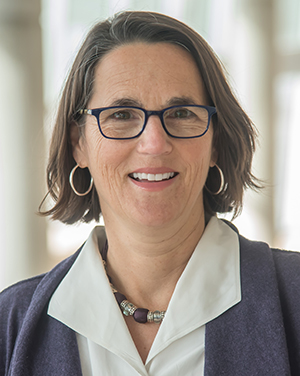
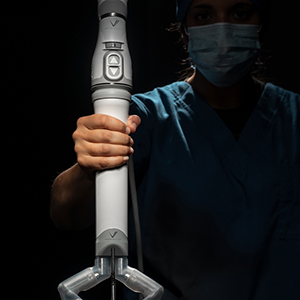 Any regular visitor to UNeMed.com is probably familiar with the continued success and growth of Virtual Incision Corporation. In January, the company announced the successful close of its Series B+ round of financing, to the tune of $20 million. The added capitol is expected to help the surgical robotics company clear regulatory hurdles and continue its intended transformation of laparoscopic surgery.
Any regular visitor to UNeMed.com is probably familiar with the continued success and growth of Virtual Incision Corporation. In January, the company announced the successful close of its Series B+ round of financing, to the tune of $20 million. The added capitol is expected to help the surgical robotics company clear regulatory hurdles and continue its intended transformation of laparoscopic surgery.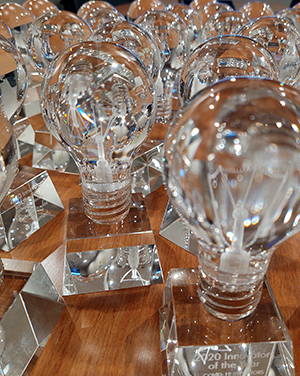 Thanks to the pandemic and UNeMed’s resulting inability to host a live event, the Innovation Awards dropped a few spots after five straight years at the top of previous year-end lists. The virtual Awards ceremony named all 44 UNMC and UNO inventors of pandemic-related inventions as the 2020 Innovators of the Year. UNeMed also honored collaborators Joseph McMordie, MD, and Daniel Surdell, MD, for their device, “Anterior Cervical Space Spreader,” as the Most Promising New Invention of the year. UNeMed also recognized and celebrated the work of UNMC and UNO faculty, students and staff who contributed to a new invention disclosure, a licensed technology or received a United States patent during the previous fiscal year.
Thanks to the pandemic and UNeMed’s resulting inability to host a live event, the Innovation Awards dropped a few spots after five straight years at the top of previous year-end lists. The virtual Awards ceremony named all 44 UNMC and UNO inventors of pandemic-related inventions as the 2020 Innovators of the Year. UNeMed also honored collaborators Joseph McMordie, MD, and Daniel Surdell, MD, for their device, “Anterior Cervical Space Spreader,” as the Most Promising New Invention of the year. UNeMed also recognized and celebrated the work of UNMC and UNO faculty, students and staff who contributed to a new invention disclosure, a licensed technology or received a United States patent during the previous fiscal year.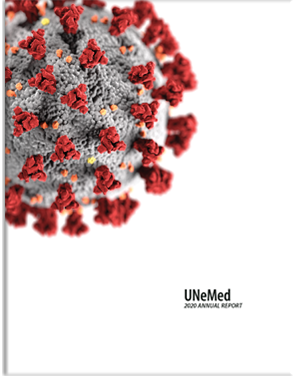
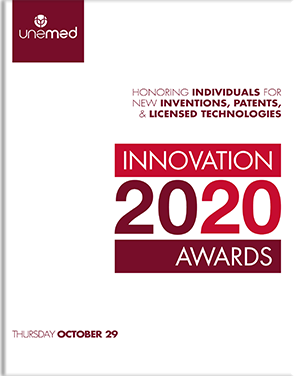
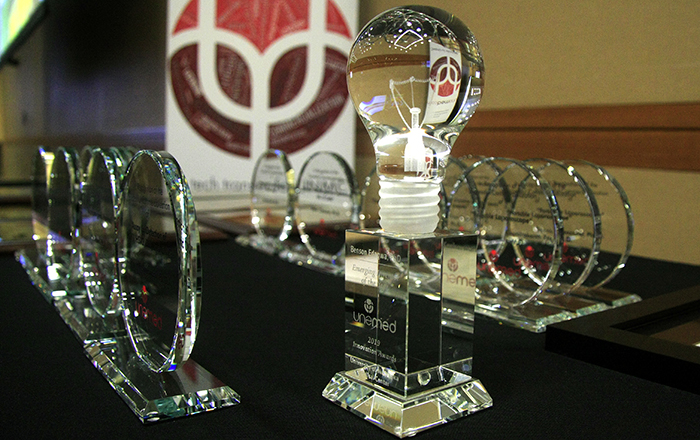
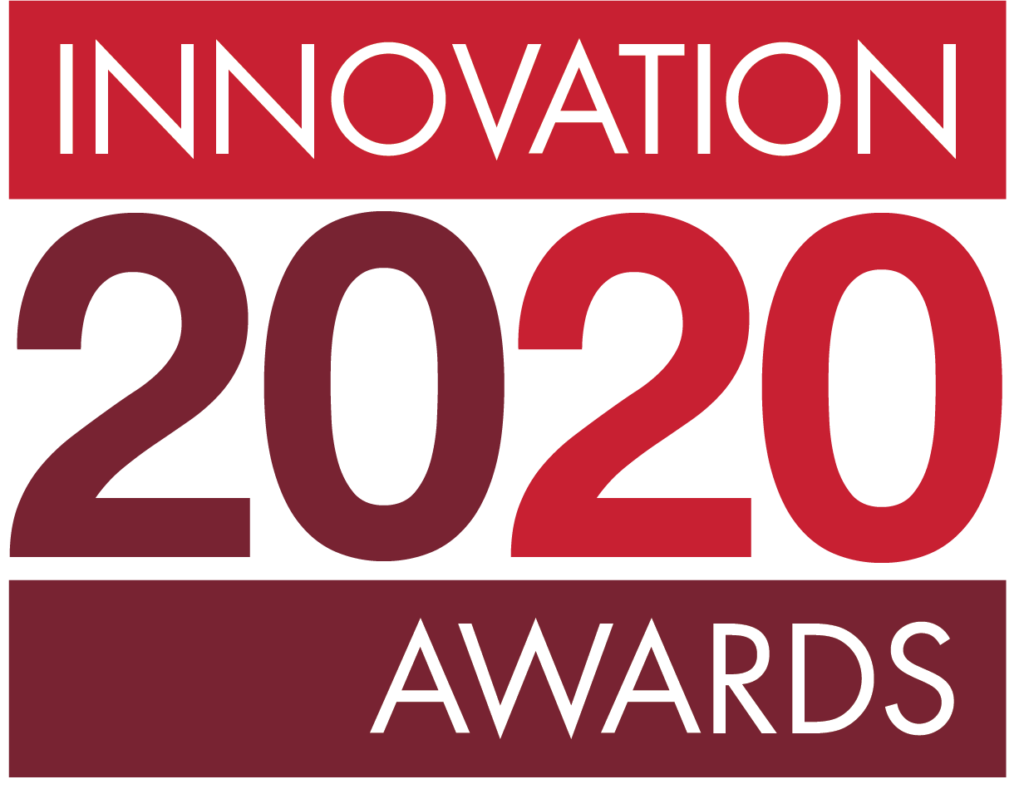 The awards will be held via Zoom, and will honor all UNMC and UNO faculty, students and staff who submitted a new invention, were awarded a U.S. Patent or had a technology licensed during the 2020 fiscal year. UNeMed will also name the year’s Most Promising New Invention and will announce the “Innovator of the Year.”
The awards will be held via Zoom, and will honor all UNMC and UNO faculty, students and staff who submitted a new invention, were awarded a U.S. Patent or had a technology licensed during the 2020 fiscal year. UNeMed will also name the year’s Most Promising New Invention and will announce the “Innovator of the Year.”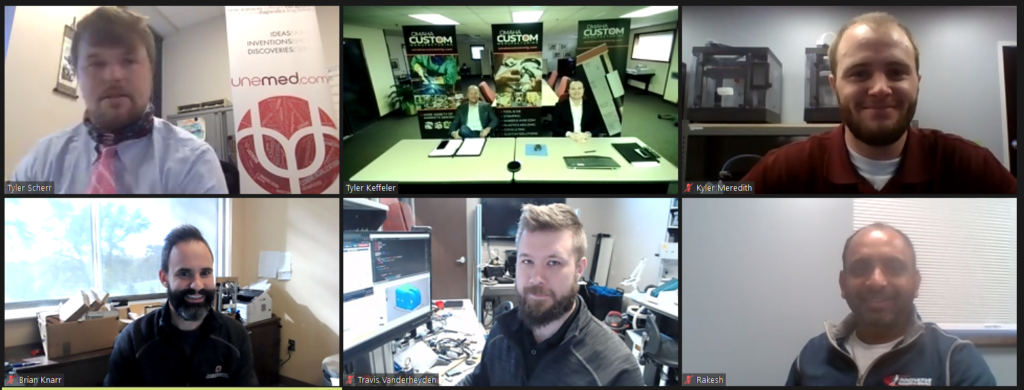 “When they come with a napkin, a lot more work has to be done before you get it pushed through, that’s for sure,” said panelist Mark Keffler, the CEO at Omaha Custom Manufacturing. “When we get a prototype in here, the first thing we have to do is dissect the prototype, figure out what makes it tick.”
“When they come with a napkin, a lot more work has to be done before you get it pushed through, that’s for sure,” said panelist Mark Keffler, the CEO at Omaha Custom Manufacturing. “When we get a prototype in here, the first thing we have to do is dissect the prototype, figure out what makes it tick.”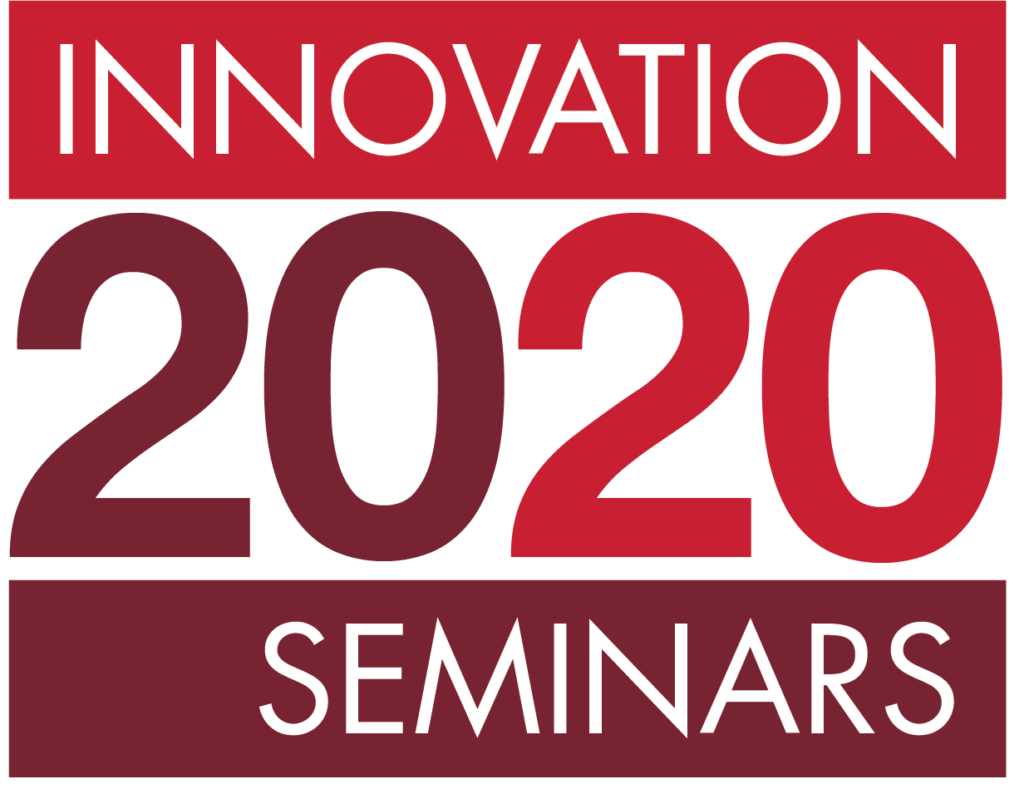 OMAHA, Nebraska (October 28, 2020)—Innovation Week continues today with an expert panel examining the local resources available to researchers, inventors and entrepreneurs interested in developing software and web applications.
OMAHA, Nebraska (October 28, 2020)—Innovation Week continues today with an expert panel examining the local resources available to researchers, inventors and entrepreneurs interested in developing software and web applications.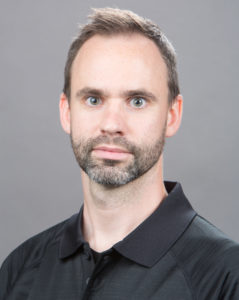
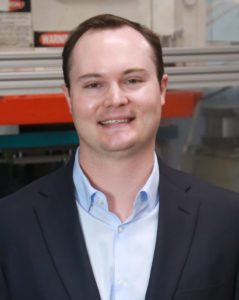

 Among the panel’s recommendations included advice for academic researchers and innovators: Try not doing everything.
Among the panel’s recommendations included advice for academic researchers and innovators: Try not doing everything.